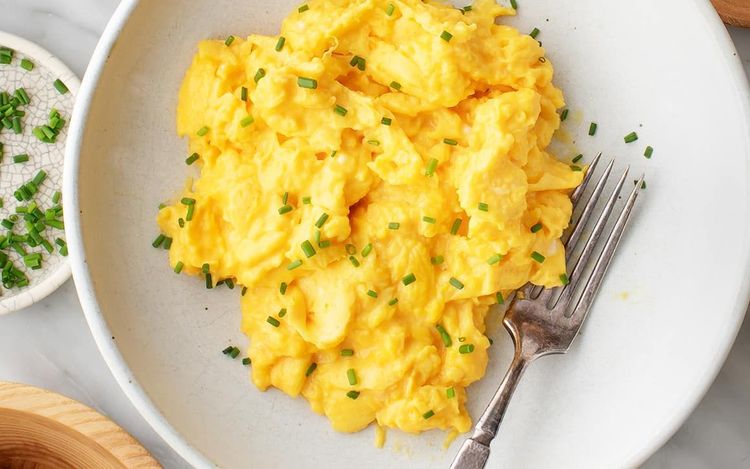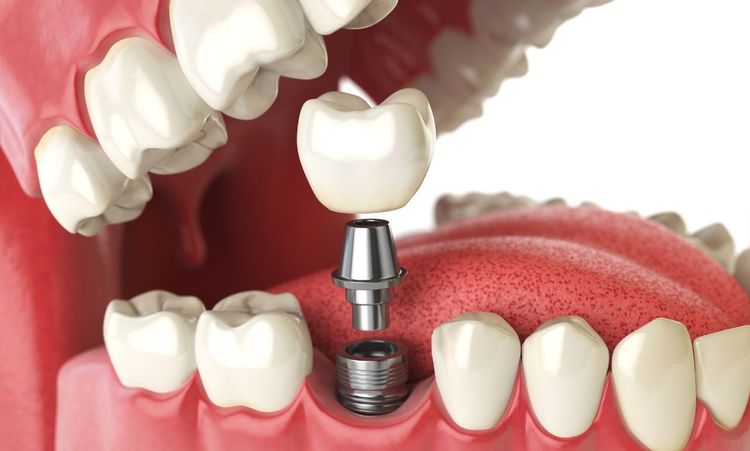Ever noticed blood when you brush your teeth? That’s not just bad luck—it’s often the first sign of gum trouble.
Gum disease is sneaky. It starts small and painless but can lead to serious problems like tooth loss and bone damage.
If you think brushing once in a while is enough, think again. Gum disease thrives on poor habits and inconsistent care.
Your gums are more than just pink edges around your teeth. They’re protective barriers tied to your entire body’s well-being.
This article will show you how gum disease happens and how you can resist it, from the first signs to advanced treatments.
What Is Gum Disease?
Gum disease, also called periodontal disease, is an infection of the tissues that hold your teeth in place.
It usually begins when plaque, a sticky film of bacteria, builds up on the teeth. If left untreated, it hardens into tartar.
This tartar irritates the gums, causing inflammation. Your body responds by sending immune cells, leading to swelling and redness.
There are levels of severity. The mild form is called gingivitis. The more serious form is periodontitis.
In periodontitis, the infection spreads below the gumline. It destroys the periodontal tissue and even the alveolar bone that supports your teeth.
The worst gum disease can leave teeth loose—or falling out.
Symptoms of Gum Disease
Wondering how to know if you have it? The signs are often subtle at first.
Bleeding while brushing or flossing is a red flag. So are swollen gums, persistent bad breath, and gum tenderness.
As it progresses, gum recession becomes noticeable. Teeth may start looking longer, and deep pockets form between teeth and gums.
Loose teeth or a change in your bite can also indicate periodontal bone loss.
These aren’t just cosmetic concerns. Left untreated, gum disease can spread bacteria into the bloodstream.
This has been linked to heart disease, rheumatoid arthritis, and even premature birth.
Preventing Gum Disease
Prevention starts with one word: consistency.
Brush twice daily using fluoride toothpaste. Use a soft-bristled toothbrush and replace it every three months.
Floss daily. This isn’t optional. Food particles and bacteria hide where brushes can’t reach.
Consider mouthwash with antibacterial properties. Some use hydrogen peroxide, but consult a dentist before making it a habit.
Dental check-ups matter too. Visit your dentist at least twice a year for professional dental cleanings.
Your dentist or Dental Hygienists can remove tartar and catch early signs before they worsen.
Quit smoking. Tobacco reduces blood flow to your gums and increases the risk of gum disease dramatically.
Eating a healthy diet can also help. Foods rich in vitamin C and calcium support gum strength and immune response.
Stay hydrated. Dry mouth increases bacterial growth. Water helps flush food debris and bacteria between brushing.
Your oral hygiene routine must become second nature, just like washing your hands.
Treatment Options for Gum Disease
Catching gum disease early gives you the best chance of reversing it. But if it has already advanced, don’t worry.
Modern dental procedures and therapies offer effective treatment—even for deep pockets or bone loss.
Let’s go through your options. Some are non-invasive. Others involve minor surgery, but all aim to stop damage and encourage healing.
You may need a combination of treatments. Your dentist will tailor your care plan based on severity, bone involvement, and overall health.
Scaling and Root Planing
This is often the first step in treating moderate gum disease.
Scaling removes plaque and tartar from the tooth surface, especially below the gumline. It’s deeper than a normal cleaning.
Root planing smooths the tooth root. This helps gums reattach and prevents bacteria from sticking again.
You may need local anesthesia for comfort. Some people feel soreness afterward, but the benefits outweigh the discomfort.
This treatment reduces inflammation and prevents disease from progressing further.
It can also shrink periodontal pockets, making it easier to maintain oral hygiene at home afterward.
Laser Gum Therapy
Technology has changed the game with laser therapy.
Dentists now use lasers to remove infected tissue and kill bacteria in periodontal pockets.
It’s precise, causes less bleeding, and promotes faster healing compared to traditional surgery.
Laser gum therapy can be done in multiple sessions. It’s ideal for people who want minimal downtime.
The American Dental Association supports laser use when combined with professional cleanings and consistent care.
Ask your dentist if your oral health condition qualifies you for this treatment.
Antibiotic Treatments
Sometimes, bacteria dig deep into the gums and won’t leave easily.
In such cases, antibiotic treatments may be used alongside mechanical cleaning.
They come in various forms—gels, mouth rinses, or slow-release chips inserted into gum pockets.
These antibiotics target bacterial toxins that irritate the gums and destroy connective tissues.
However, antibiotics are not standalone solutions. They work best with scaling and root planing.
Proper follow-up and oral hygiene are crucial after this step to prevent a return of infection.
Pocket Reduction Surgery
For severe cases, surgical therapy may be necessary. One common option is pocket reduction surgery.
This involves folding back the gum tissue and removing bacteria and hardened tartar beneath it.
The area is then sutured to reduce the depth of gum pockets. This helps the gums fit tightly around the teeth again.
Reducing pocket depth limits bacterial growth and makes cleaning easier.
This procedure may include bone grafts or Guided Tissue Regeneration in areas with significant bone loss.
Gum Grafts
When your gums recede too far, you risk exposing the roots of your teeth.
This leads to sensitivity and can even trigger decay on the root surfaces.
Gum grafts involve taking tissue—often from the roof of your mouth—and attaching it to the receding area.
The graft covers the exposed root and promotes natural healing of the periodontal tissue.
Gum grafting isn’t just cosmetic. It plays a key role in protecting teeth from further damage.
It also helps reduce tooth sensitivity and improves the appearance of your smile.
The Importance of Treating Gum Disease
You might think gum disease is just a mouth issue. It’s not.
Studies show a clear connection between gum disease and poor heart health. Infections can travel via the bloodstream.
People with gum disease often experience heart attacks, stroke, or complications from medical conditions like diabetes.
Pregnant women with gum disease face higher chances of premature birth or delivering low birth weight babies.
Your gums also affect how your body responds to infections. A compromised immune system means higher risks across the board.
In people with conditions like rheumatoid arthritis, inflammation from gum disease can worsen joint pain.
Even cognitive decline has been explored in connection to chronic oral infections. Researchers continue to study the exact connection.
Your oral care routine impacts your entire body, not just your smile.
Treating gum disease isn’t optional. It’s essential for your overall health and longevity.
Conclusion
How gum disease happens and how you can resist it is not a mystery anymore. It starts with bacteria and ends in bone loss if ignored.
But the good news? You have more power than you think.
From better brushing to advanced dental treatments, resisting gum disease is doable—and crucial.
Take your oral hygiene seriously. Regular dental check-ups, consistent flossing, and lifestyle changes make a massive difference.
Don’t wait until your gums hurt. Early action can save your teeth—and possibly more.
Your mouth is a window into your body. Keep it clean, strong, and healthy—your future self will thank you.




